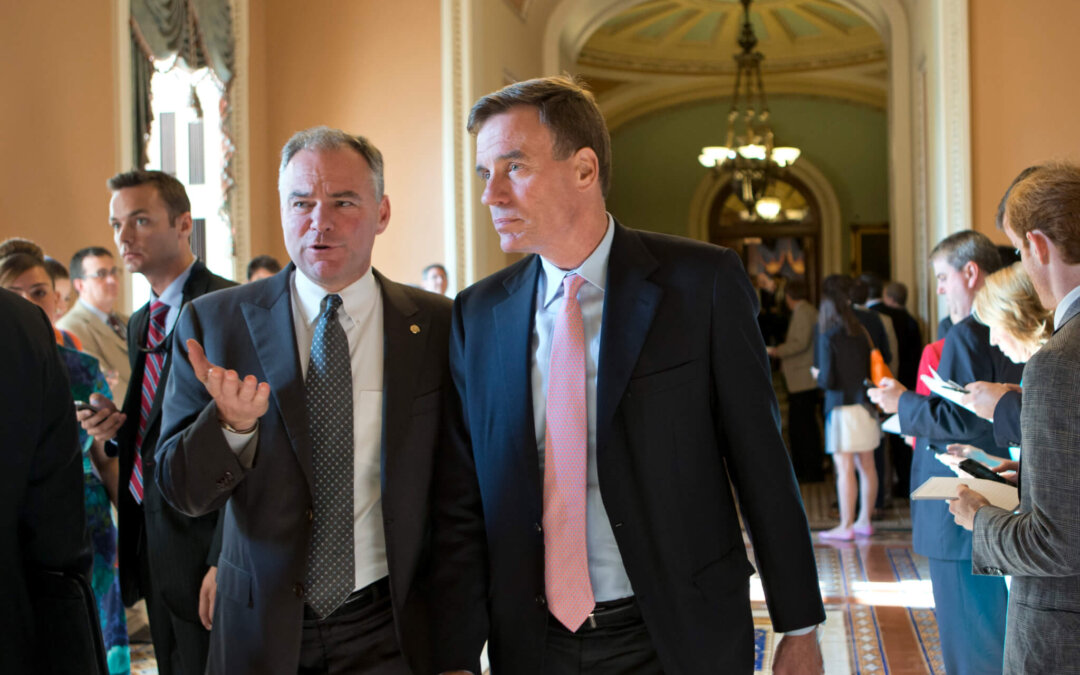
Poor food choices are often a result of what’s available and affordable.
BLACKSBURG-Shannon Hammonds sees it all the time: elderly folks choosing between buying groceries or filling their prescriptions. Others would sacrifice their own meal to make sure their pet got fed. As a result, they reach for the cheapest food, which causes more problems.
Heart disease, increased allergies, joint disease and skin disorders. A bad diet creates some of those and increases the risk for others. But it’s not as simple as telling someone to “eat better”. It’s often not that they want to eat badly. Hammonds, director of development and marketing at the New River Agency on Aging, said it often comes down to a lack of financial resources.
According to the 2019 NRV Food Access Report, 35,000 people in the New River Valley live below the federal poverty line. The average household income in the region is $47,000, compared with the Virginia state average of $66,000. Basically, people in Southwest Virginia struggle from paycheck to paycheck. As a result, they settle for calorie-dense, inexpensive and less nutritious processed food. That extra money goes to pay the power bill or cover medicinal expenses.
The Agency on Aging, which serves four counties and the city of Radford in Southwest Virginia, is a nonprofit that provides direct assistance to seniors experiencing a variety of hardships, including food insecurity. In a survey, 93% of the agency’s clients reported they either have no food or not enough on the weekends. So the agency added supplemental services to fill the gap.
A roadmap to end hunger
The Agency on Aging is just one small piece of the puzzle when it comes to making sure Virginians don’t go hungry. On Tuesday, Oct. 20, Virginia Gov. Ralph Northam released the inaugural Roadmap to End Hunger during an event in Richmond. The roadmap identifies causes of food insecurity in Virginia and proposes solutions.
Before COVID-19 hit, Feeding America estimated food insecurity impacted nearly 843,000 Virginians. After seven months of the pandemic, that number went up by nearly half a million people. In fact, several Virginia cities rank high on a list you don’t want to be on.
Virginia houses four of the five US localities with the greatest expected increase in child food insecurity. That includes the northern Virginia suburbs of Falls Church, Arlington, Loudoun and Fairfax City. But while other areas of the state don’t have the sheer number of cases those four do, they stand out in other ways.
The Roadmap to End Hunger identifies barriers between low-income communities and healthful food as its main problem. An low-income population with few conveniently-located supermarkets constitutes a food desert—commonly found in the rolling foothills of the New River Valley.
In addition to struggling financially, some folks in rural areas are also less likely to own a vehicle. This makes getting from point A to point B difficult. The New River Valley and similar areas don’t have a strong public transportation system. They don’t have walkable communities. If someone wants to go get groceries, they have to drive. It’s hard to do that without a car. So if people can’t afford healthy food, and those that can struggle to access it regularly, how do you fix that?
Offering some solutions
The governor’s roadmap suggests shoring up community-based initiatives as one solution to food insecurity. The Floyd Farmers Market in Floyd County and similar neighboring markets, help deliver locally-grown, fresh produce in Southwest Virginia. Woody Crenshaw, who helps oversee the Floyd Farmers Market, said the local food economy improved during the past decade, but still has a long way to go. Crenshaw said agriculture is “the primary economic driver” in Floyd County, but most people are raising cattle.
“Growing food for our community, for either direct sale to consumers or retail outlets, is a very small part of that [industry],” Crenshaw said. He explained that farmers in Floyd lack the infrastructure—such as greenhouses that can grow plants year-round—to produce a consistent supply for the local population. Further, Southwest Virginia lacks cold storage facilities that could prolong the sale life of produce.
However, local initiatives such as farmers markets may be marginalized communities’ best hope to access food. At the Floyd market, grant funding allows patrons who receive SNAP benefits to double the impact of those dollars when purchasing fresh food. Earlier in the pandemic, when the market limited the number of vendors as a safety precaution, fresh food vendors were prioritized.
Sandy Hagman, a member of the advisory board for Blacksburg’s Interfaith Food Pantry, joined Hammonds in highlighting the elderly as a demographic particularly vulnerable to food insecurity.
“I can tell you that almost everybody that comes to the pantry falls into one of two categories: retired and on Social Security, or they’re working but their income does not provide enough [money] to adequately feed their family,” Hagman said.
Creating a patchwork solution
The Roadmap to End Hunger focuses primarily on the elderly. Senior citizens experiencing food insecurity are more than twice as likely to report poor health as others. That’s all the more troubling during a pandemic that is disproportionately killing elderly folks.
New River Community Action (NRCA), an anti-poverty agency in the region, provided emergency assistance to more than 3,600 people last year. That included food assistance, said Community Services Programs Director Jonathan Penn. He said NRCA and the other organizations in the NRV Thrive food access coalition work together to create a patchwork of solutions in the region. As of Friday, more than 90 groups took part in the coalition.
“A quilt is a great analogy,” Penn said. “I think the whole system itself realized, we’re all kind of doing similar things, so let’s pull ourselves together.”
A big part of the work, Penn said, is making sure folks are aware of available resources. The Agency on Aging, for instance, is designated as a Benefits Enrollment Center (BEC). In his recently-released plan, Gov. Northam advocates for increased participation in social welfare programs, and Hammonds said eliminating frustration is the first step. Forms can be complex and lengthy, causing seniors to give up.
“Success level is much higher in getting someone approved for a particular program when a BEC is involved,” he said.
Ultimately, the Roadmap to End Hunger draws many of the same conclusions as leaders in Southwest Virginia. Regardless of other circumstances, the report says, the “solutions remain the same: maximize federal nutrition program participation and access, invest in a strong regional food system, and empower local communities.”
Ashley Spinks Dugan is a freelance reporter who writes for Dogwood. She can be reached at [email protected].
Politics

Kaine, Warner urge federal agency cover IVF treatment for public workers
Virginia's two Senators were among a group of lawmakers defending access to in vitro fertilization, or IVF, which has entered the national spotlight...

Biden makes 4 million more workers eligible for overtime pay
The Biden administration announced a new rule Tuesday to expand overtime pay for around 4 million lower-paid salaried employees nationwide. The...
Local News

The zodiac signs of 12 iconic women offer insight into their historic accomplishments
Zodiac signs can tell you a lot about someone’s personality. Whether they’re an earth, water, air, or fire sign, these 12 categories (which are...

Virginia verses: Celebrating 5 poetic icons for National Poetry Month
There’s no shortage of great writers when it comes to our commonwealth. From the haunting verses of Edgar Allan Poe, who found solace in Richmond's...




